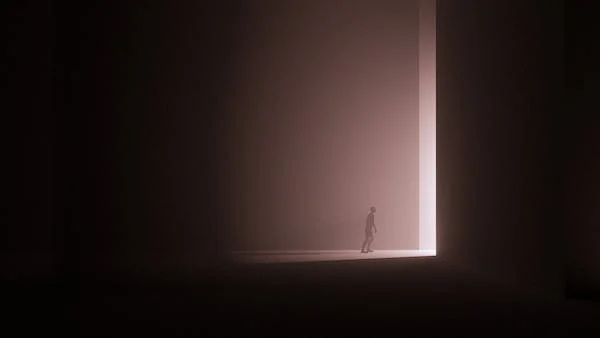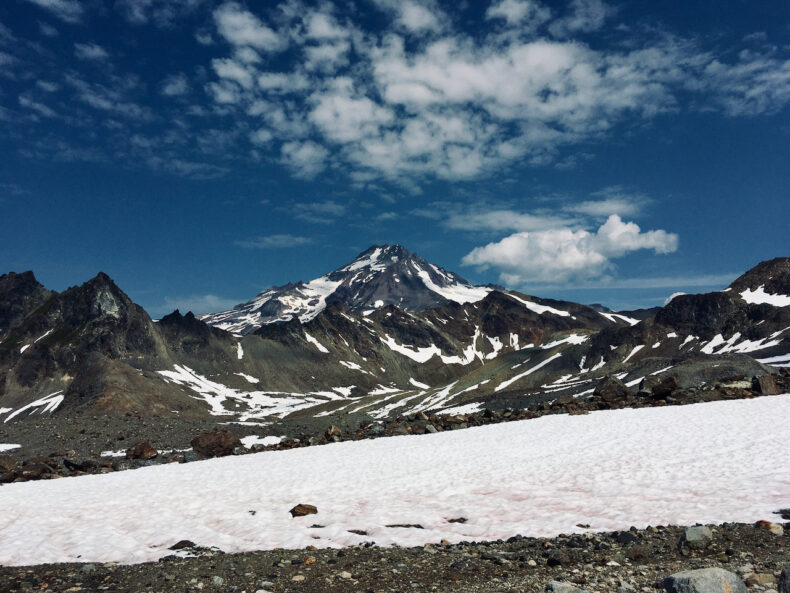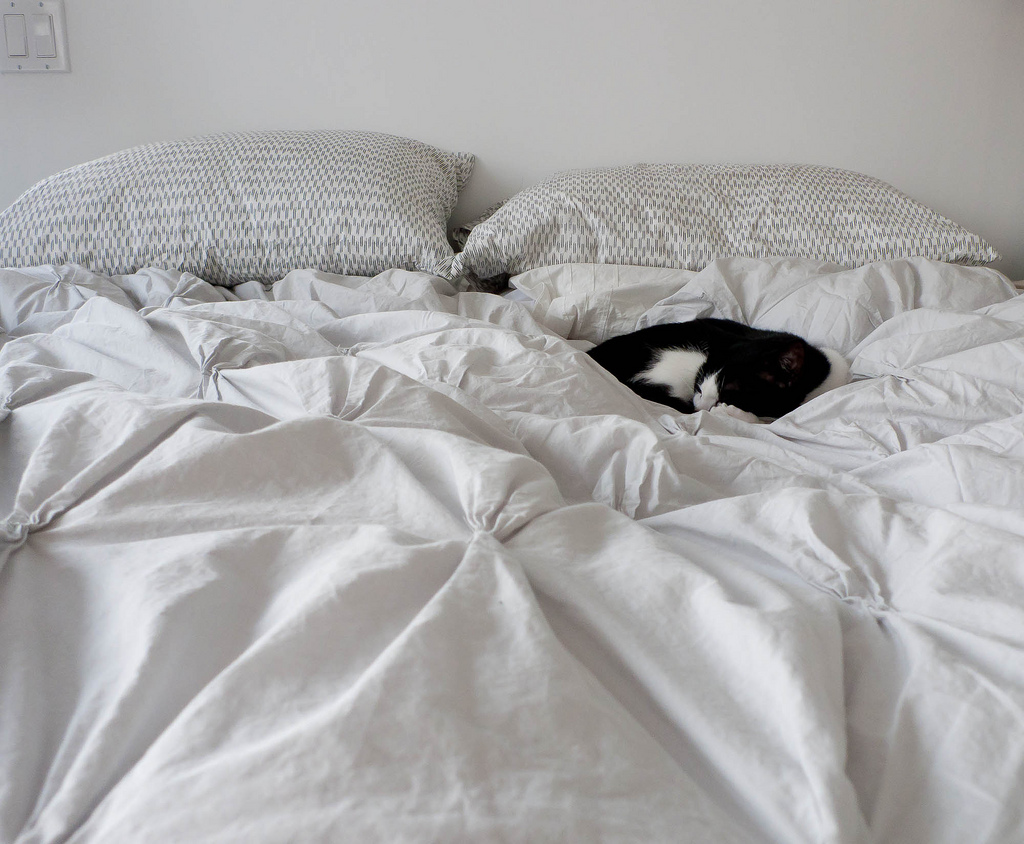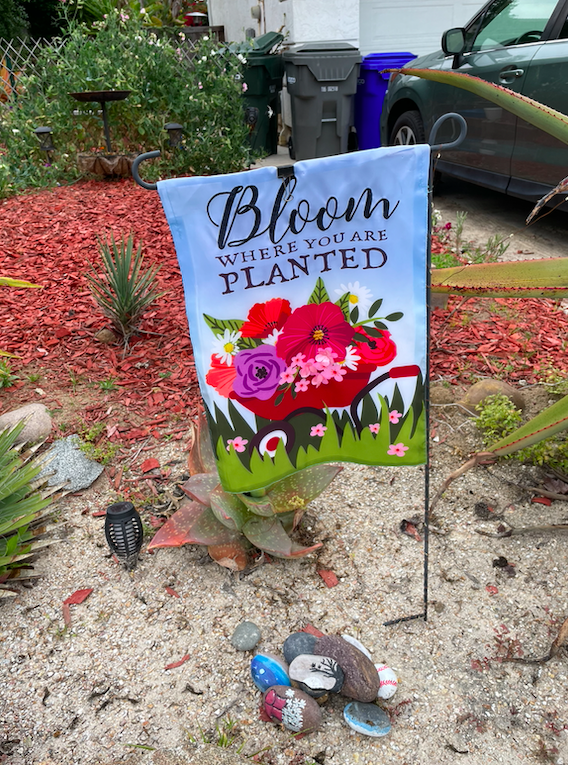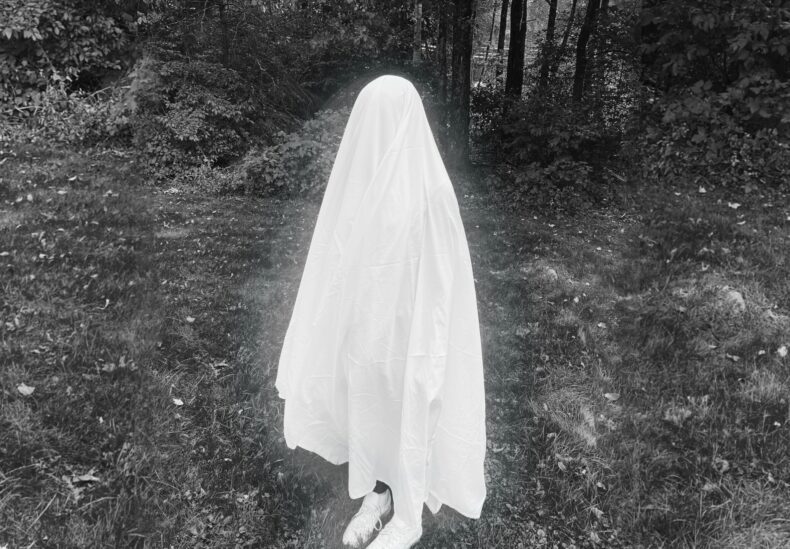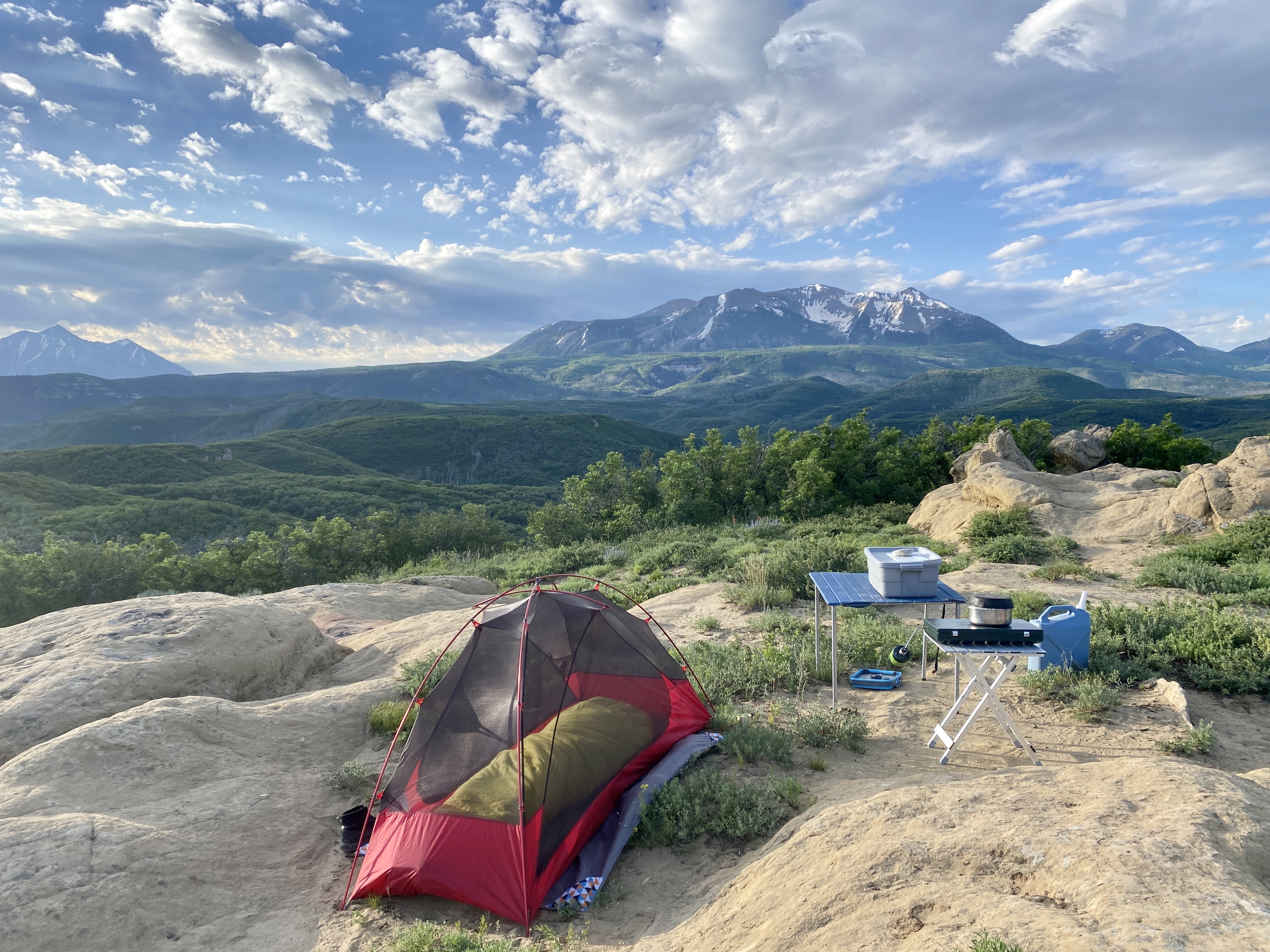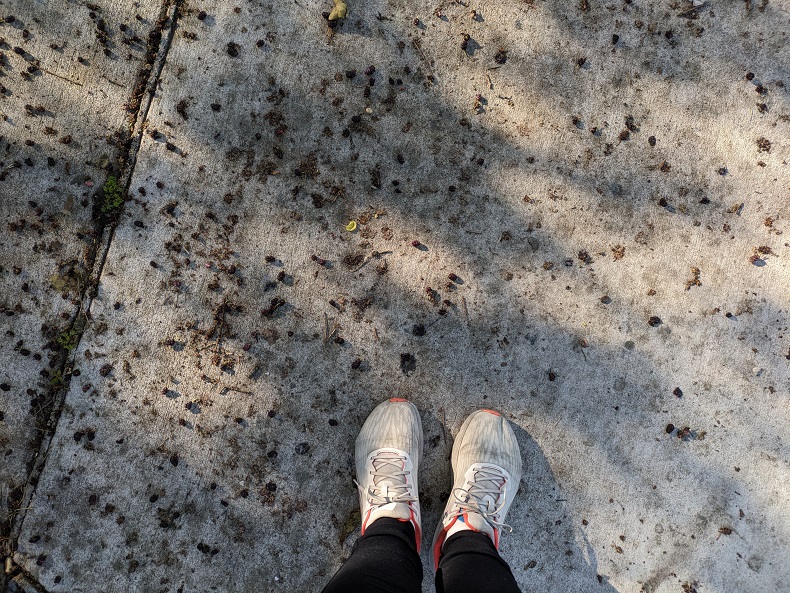I was at the pharmacy the other day, waiting for my flu shot, when I spotted a book called Make Your Bed: Little Things That Can Change Your Life…And Maybe the World. It was written by a retired U.S. Navy Admiral. In his tongue in cheek synopsis of the book at the Guardian, John Crace explains that the admiral learned about the importance of bed-making during Naval SEAL training camp:
Every morning, we would have to make our beds. If the task wasn’t done properly, we would be sent on a 10-mile run. Making my bed taught me the importance of getting my day off to a good start. Years later, when we finally captured Saddam Hussein in Iraq, I was intrigued to notice that he had never made his bed. It’s that kind of laziness that can lead to the downfall of any dictator.
Which is exactly the kind of thing that a bed-maker would say. As if folding sheets and positioning pillows could impose order and predictability on a chaotic, uncertain world.
There are two kinds of people in this world: those who get up every morning and make their beds, and the people who don’t bother. In case it’s not obvious yet, I’m one of the latter.
It didn’t occur to me that bed-making was such a telling detail about a person until I noticed that my friend Rosemerry’s bed is always perfectly made. I asked her if she made her bed every day, and she confirmed that she does. I confided that I never make my bed. (Technically it’s not just my bed or hers. We both have spouses who share our beds, but they follow our habits.)
Rosemerry also has a tidy desk and a tidy closet and a tidy house. I asked her why she makes her bed and she said that her parents trained her to do it in second grade by promising to get her the canopy bed she coveted if she would make her bed every day for 30 days. “After that, I always made my bed,” she said. “I like the way it makes the room feel neat.” Living in an efficiency apartment during grad school reinforced the habit — she hated having an unmade bed in the middle of her living space. Now, she said, “I think it marks the end of the night and the beginning of the day. It’s a ritual. Symbolic. Let’s do this!”
I understand the benefits of having a morning ritual, but mine — a walk up the hill with my husband and our dog — feels a lot more useful and productive. My walk gets my heart pumping, helps me clear my head and connects me to my loved ones and my place. Making a bed, on the other hand, feels like a useless task.
What’s the point? My bed is used for three thing: sleeping, sex and sorting/folding clean laundry. A made bed is unwelcoming to the first two tasks, and for the third, I simply throw the comforter into a position that provides ample space for the laundry pile and it’s all good.
Admiral Bed-Maker argues that making your bed isn’t pointless. It means that by the time you leave your bedroom in the morning “you will have accomplished the first task of the day.’’ And that, he said, “will give you a small sense of pride, and it will encourage you to do another task, and another, and another.” By the end of the day, he said, “that one task completed will have turned into many tasks completed.”
To which I say, well, maybe that’s how it feels if you’re a bed-making type. If you’re like me, doing a bunch of tasks first thing just makes you feel justified in slacking off later in the day. What I notice when I go running before work is that I start the day with a great sense of accomplishment. I’m also a little tired and I feel entitled to take an early lunch. I’m not sure my overall day becomes any more productive. I do think I eat more snacks.
As a non-bed-maker, I have some science on my side, though I’ll admit it’s not conclusive. A 2001 paper titled, “The well-made bed: an unappreciated public health risk,” highlights “the hazardous habit of bed-making, pandemic in North America. Not only is this recently evolved practice unhygienic, the mechanics of straightening the corners and fluffing the pillows is physically injurious and adversely affects the mental well-being of our population,” the authors write. “A well-made bed is a fertile breeding ground for bacteria, fungi and other vermin.”
Yes, they’re being jokey about the dangers of pathogens like “Strip Bucknakedus” and injuries like “sheet turner’s wrist,” but an actual study from researchers at the Kingston University concluded that dust mites (which can provoke allergies) cannot survive in the dry conditions found in an unmade bed. “Leaving a bed unmade during the day can remove moisture from the sheets and mattress so the mites will dehydrate and eventually die,” study author Stephen Pretlove told the BBC.
Some researchers have dismissed the dust mite study’s conclusions, saying that many houses may have enough humidity to host the mites, whether or not the bed is made. Also on the pro bed-making side: a series of studies suggesting that meaningless rituals (like performing a series of random gestures) might help people increase their feelings of self-discipline. Cool, if you’re into that.
The internet is full of discussions about the merits of a bed-making habit, and what I see when I read them is that the purported benefits of making the bed appeal to people who derive a sense of agency and comfort by imposing some kind of order in their lives. And the reasons to skip making the bed convince the people who accept that the world is full of chaos and who don’t value order for order’s sake. I’m not convinced that bed-making can turn one kind of person into another.
________
This post first ran on November 12, 2018.
